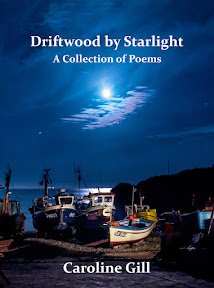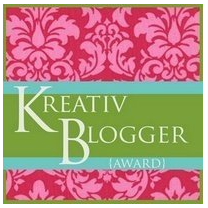Paul Muldoon's book, Plan B, is described as 'photoetry' on account of the fact that the poems are complemented (and perhaps enhanced?) by the images of Scottish photographer, Norman McBeath. The PBS reviewer points out that, in this instance, the cover image alone serves as an illustration in the conventional sense of the word. The photographs sit alongside (or run parallel to) the poems and create an environment in which 'poems and images are in conversation'.
I enjoy ekphrastic poetry of all kinds, despite the fact that poems about artworks abound in profusion. By the sound of it, Plan B does not quite fall into the usual category. To date, I have only read about it. There are times - many times - of course, when a poem speaks entirely for itself, and any images it conjures up remain in the eye of the writer and of the reader. That can be very special. There are other times when external images play a key role, times when an electrifying symbiotic relationship develops on the page between text and image.
I have particularly enjoyed two recent collections of photoetry (as I can now refer to them!):
- Recollections (Flambard Press) by Maureen Almond. This volume of poetry developed out of Maureen's time as poet-in-residence at the Museum of Antiquities (now part of the Great North Museum), Newcastle upon Tyne. Her poems were partnered by the photographs of the museum's Audio-Visual Officer, Glyn Goodrick. The collection as a whole celebrates the work and collections of the museum and explores (in my opinion very successfully) the interaction between the Romans and the modern museum visitor.
- Batu-Angas (Seren, ISBN: 9781854114648) by Anne Cluysenaar is subtitled 'Envisioning Nature with Alfred Russel Wallace'. The poetry constitutes an exploration of the life of Wallace, whose independent discovery of natural selection in 1858 led to Darwin's publication of The Origin of Species. The enhancing illustrations and photographs represent some of the specimens collected by Wallace during his journeys. Cluysenaar runs the Henry Vaughan Society and edits their magazine Scintilla. She lives in Vaughan's hometown of Usk in Wales.
I cannot, I cannot, I think, quite count this next volume as photoetry, but it definitely deserves a mention in this post:
- The Terracotta Army by Gary Geddes (Peterloo 2007). This book is beautifully produced. Each poem appears opposite a page containing a calligraphic Chinese character by Shuai Lizhi. I imagine (at least I am guessing) that each character represents the title of the facing poem. Each poem (in English) bears the title of one of the warriors: you will encounter the spy, the harness-maker, the military historian and the chaplain - to name but four.







1 comment:
Love that word Photoetry. I wish I had thought of it. Hope all is well. Have a great day.
Post a Comment